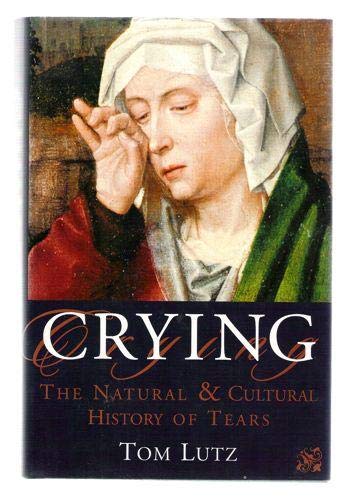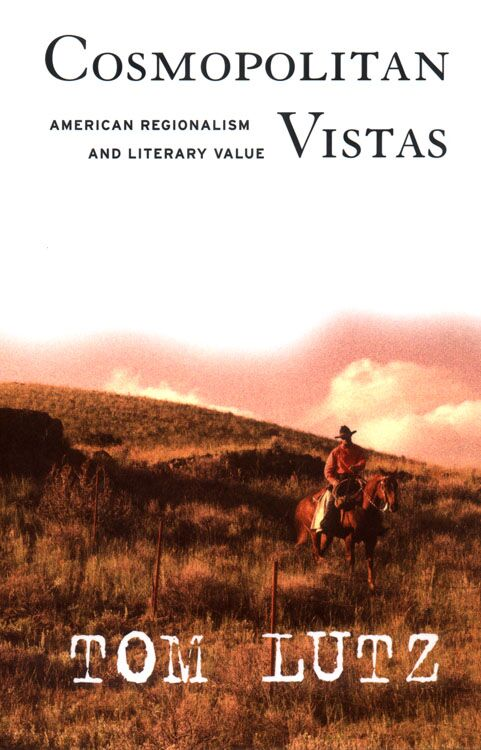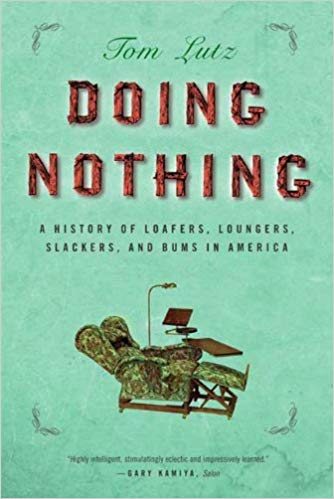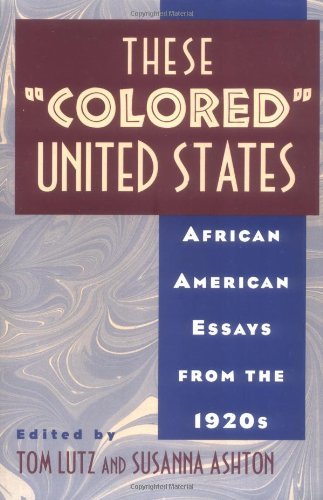
In 1903, everybody who was anybody was neurasthenic . . .
Hysteria, insomnia, hypochondria, asthma, skin rashes, hay fever, premature baldness, inebriety, nervous exhaustion, brain-collapse—all were symptoms of neurasthenia, the bizarre psychophysiological illness that plagued America's intellectual and economic elite around the turn of the century.

American Nervousness, 1903 explores the widespread occurrence of neurasthenia or “the blues” among American writers, artists, and intellectuals in 1903.
A pioneering work of cultural studies, this book looks at the work of many of the authors diagnosed with the disease, like Henry James, whose Ambassadors was published in 1903, as was W.E.B. Du Bois’s Souls of Black Folk, Jack London’s Call of the Wild, and books by Theodore Dreiser, Mary Wilkins Freeman, John Muir, Edith Wharton, Kate Chopin, William Dean Howells, Frank Norris, and many others.
This was the beginning of modernity, and 1903 was the year in which the Wright Brothers flew at Kitty Hawk, the year of the first baseball World Series, the year the Curies shared the Nobel Prize in Physics for discovering radioactivity, the year Albert Einstein published his first professional paper, the year the Panama Cana was finished and the New York subway system started, and the year the first feature film, “The Great Train Robbery,” was made.
American Nervousness, 1903 weaves all these strands together in an experiment in “anecdotal history.”







